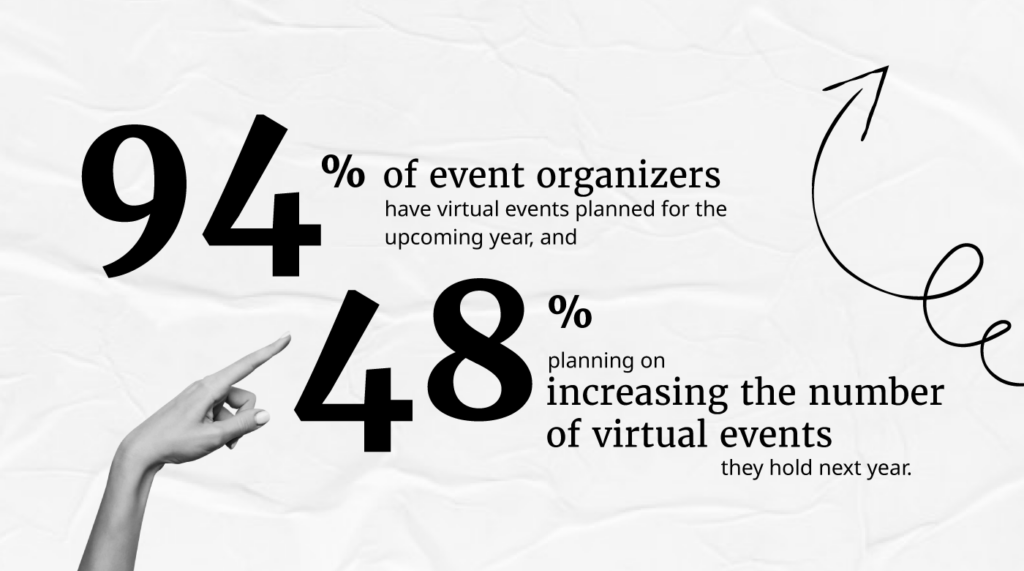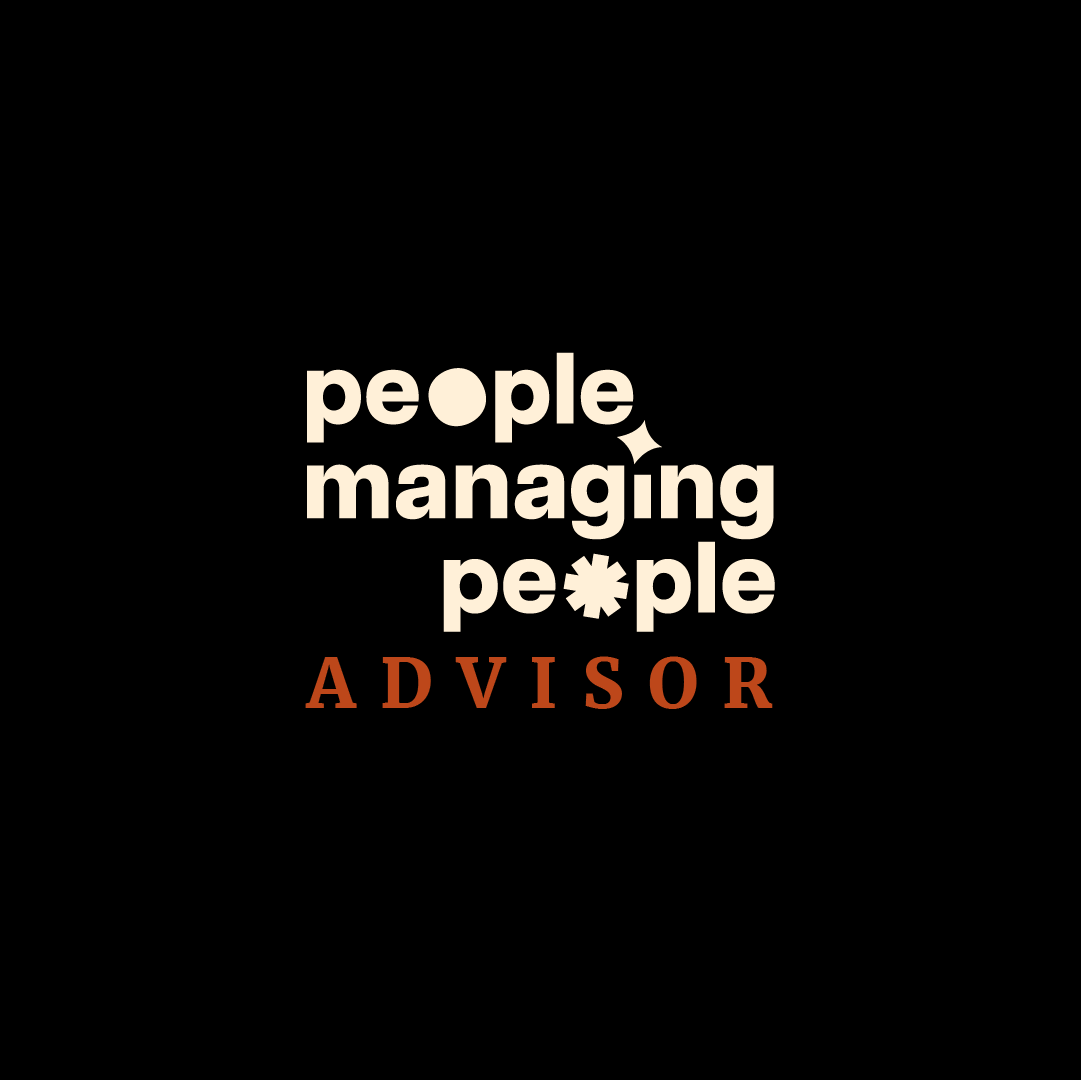This time last year, I was living in a cabin in the woods, leading virtual workshops with scant internet access and ample technological challenges. Despite my extensive virtual event planning efforts, sometimes the internet would just… kick out.
Not ideal.
But, working within the confines of this conundrum led me to develop a list of best practices. I set my mind to perfecting the aspects of my virtual events that were within my control, so that when the forces outside my control inevitably attempted to derail me, I was narrowly able to avoid defeat.
Today, I’m excited to share these best practices with you.
If you’re a virtual event planner, moderator, event coordinator, or host, I’m confident that these 10 tips will help you deliver a top-notch virtual event… whether from the far reaches of remote wilderness, or a bustling, internet-hardy metropolis.
What is a Virtual Event?
Virtual events are similar to in-person events, except that groups are meeting within an online forum. Despite the fact that people aren’t meeting face-to-face, virtual events can still offer many of the same features as physical events, including team building, networking opportunities, sponsor booths, and even keynotes on a digital “stage.”
Why Host a Virtual Event?
Virtual events have exploded in popularity since the pandemic. And while travel restrictions have been lifted and they’re no longer a necessity, there continues to be a demand for virtual (or at least hybrid event) options.

94% of event organizers have virtual events planned for the upcoming year, and 48% are planning on increasing the number of virtual events they hold next year.
Why?
Some of the benefits of virtual events include:
- No travel expenditure
- Expanded global reach (regardless of time zones)
- Highly scalable
- Audience can watch content on-demand
- Immediate, real-time audience insights
- Can be attended – or hosted – from the comfort of your own living room!
10 Tips to Host a Successful Virtual Event
If you’re at the beginning stages of the virtual event planning process, comb through the following tips to make sure your virtual conference, webinar, tradeshow, livestream, or networking event runs smoothly.
1. Begin with a Goal in Mind
Why are you hosting this virtual event in the first place? Do you want to raise awareness about your brand? Gather leads for a new paid offer? Create a networking opportunity?
Understand your goals up-front so that you can develop your event strategy accordingly. Use those same metrics to measure your achievements post-event.
2. Pick a Platform
Your virtual event platform can make or break your event. While it’s possible to livestream straight from Zoom or Instagram, there are many platforms that can help you create a truly immersive digital experience for your guests.
Begin your search by understanding your number of attendees, the features you’d like to include in your event (i.e., networking opportunities, breakout sessions, keynotes, webinars, etc.), and your budget.
Next, check out our handy list of the best virtual event platforms on the market today, including pros and cons, pricing, overviews, and screenshots from each:
3. Decide on Timing
One of the biggest bonuses of going virtual is that attendees can watch a replay even if they miss the live event. That being said, I recommend having an understanding of the time zone that applies to the majority of your target audience, and choosing a time that works for them.
There’s something to be said for the magic of watching an event unfold in real time. Having a lively, engaged audience will also bring out the best in your speakers.
4. Promote, Promote, Promote
Are you on social media? Share posts, stories, and videos, and include the event landing page in your bio links. Do you have an email marketing list? Send out the invite to everyone in your database.
Will your event have guest speakers? Leverage their networks to enhance attendance! Consider providing them with graphics that they can easily share on their social media platforms, or a one-page PDF with bulleted highlights of the event so they can easily incorporate the info into their own posts.
5. Include Everything You Need and Nothing More
Humans have short attention spans. This is true in face-to-face interactions, but even more so online. You’ll be competing for attention with the neighbor’s cat, texts from mom, email notifications, the Amazon delivery person, and on and on.
Create your content and then spend time editing. How can you streamline? Are your slides clear and concise? Include all the pertinent information and trim the rest.
6. Don't Allow Hate, Moderate!
It’s an unfortunate truth that human beings aren’t always kind… especially when they’re able to hide behind a screen.
Consider having one or two moderators present during your event experience. These moderators can comb through the chat, make sure that everyone is being respectful, and even remove attendees if someone demonstrates inappropriate behavior.
7. Get the Audience Involved
Guests are not passive observers. They are valued participants! Encouraging their participation in the event will not only make them feel more engaged and connected to you, but will provide you with valuable insights gleaned from them.
Consider adding gamification, polls, and surveys. Ask your moderators to keep track of FAQs in real-time. Add networking opportunities and breakout sessions to connect audience members with each other as well.
8. Consider the 'What Ifs'
My rule of thumb for virtual events is this: Assume that there will be a technical issue at some point.
Better yet, assume that this technical issue will take place in the first 5 minutes.
I know – it’s a bummer. But in my experience, it’s true.
Knowing this allows you to plan ahead. Here are some examples:
- Ask your presenters to meet 20 - 30 minutes ahead of time to check that their tech is working
- Have multiple mic and headphone options available
- Restart your computer before beginning
- Have a second device handy with all relevant apps and tools downloaded
- Appoint another team member to jump in and entertain guests (or manage a gamification activity) should a presenter need to pause
9. Follow Up Post-Event
One of the most valuable aspects of a virtual event is the ability to drum up new leads and grow your network. Spend time developing your post-event strategy. How will you connect with attendees? What products do you want to highlight?
Send out correspondence within 48 hours of the event. Connecting while the event is still fresh will allow you to benefit from the momentum you built during your time together.
10. Record What You Learned
It’s easy to jump from one finish line to the starting line of another project. But that’s how we lose valuable insight. Instead, take time post-event to chat with your stakeholders. What went well? What went wrong? What could have been improved?
Many virtual event platforms capture metrics for attendance and engagement. Go over the numbers, celebrate your wins, and identify your weak spots. Consolidate the data into takeaway notes that your team can use when you’re planning your next virtual event.
Learn More About Virtual Event Technology
Your event management software plays an integral role in how your content is delivered, how professional the speakers sound, and how easy and enjoyable it is for your guests to log in and engage.
For this reason, we’ve done our homework and researched many of the best virtual event technology tools, so you don’t have to:
To learn more about virtual event management and engaging a digital workforce, don’t miss these articles from our subject matter experts:
- The 7 Best Remote Team Building Activities
- 15 Virtual Meeting Etiquette Guidelines
- 5 Challenges to Managing Remote Employees and How to Overcome Them
- 7 Types of Virtual Events to Host
- A Virtual Event Planning Checklist for Before, During, and After
- Virtual Event Planning Checklist - free download
Before you go, subscribe to our People Managing People newsletter to stay up-to-date on the latest insights from industry experts!
Need expert help selecting the right Project Management Software?
If you’re struggling to choose the right software, let us help you. Just share your needs in the form below and you’ll get free access to our dedicated software advisors who match and connect you with the best vendors for your needs.



